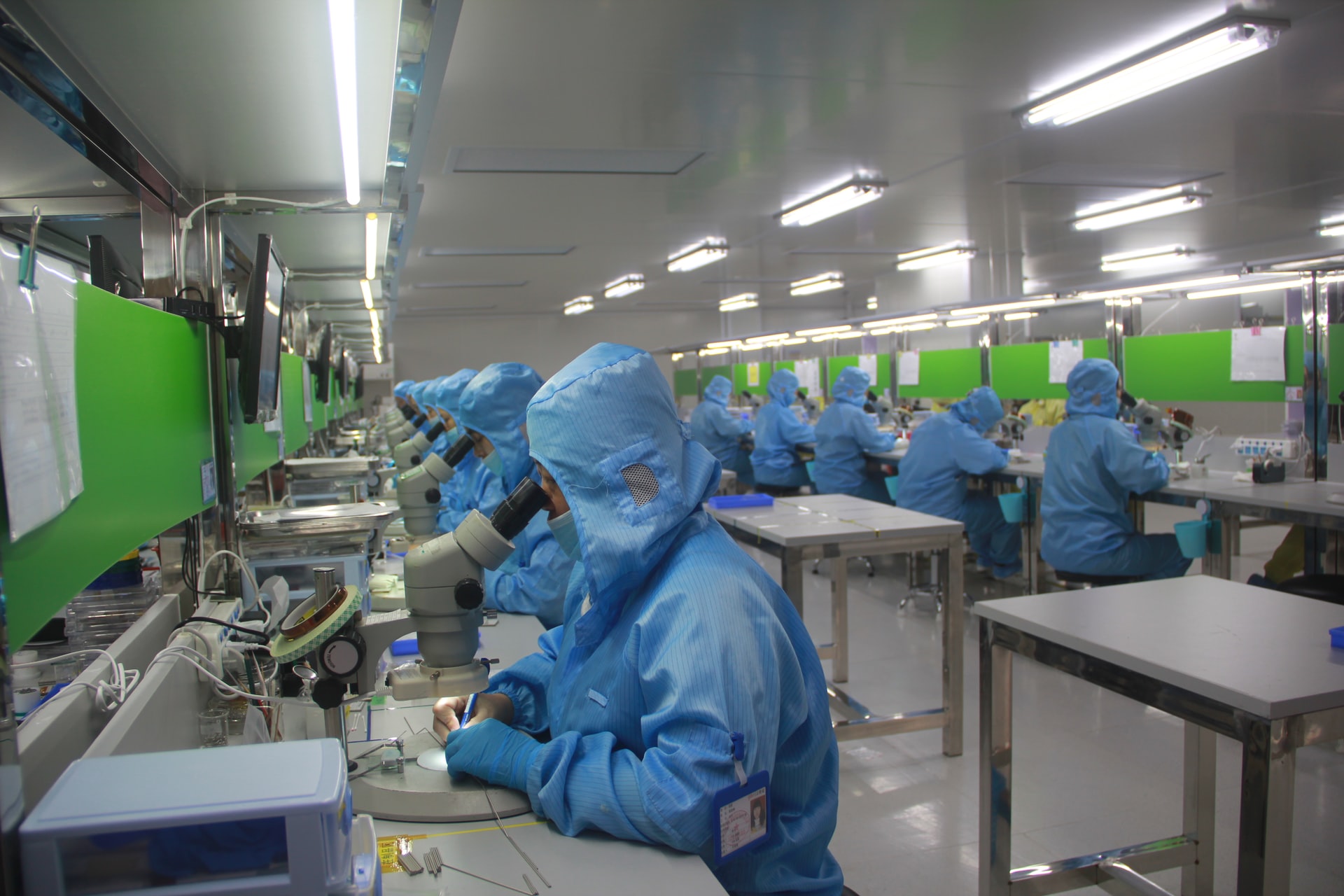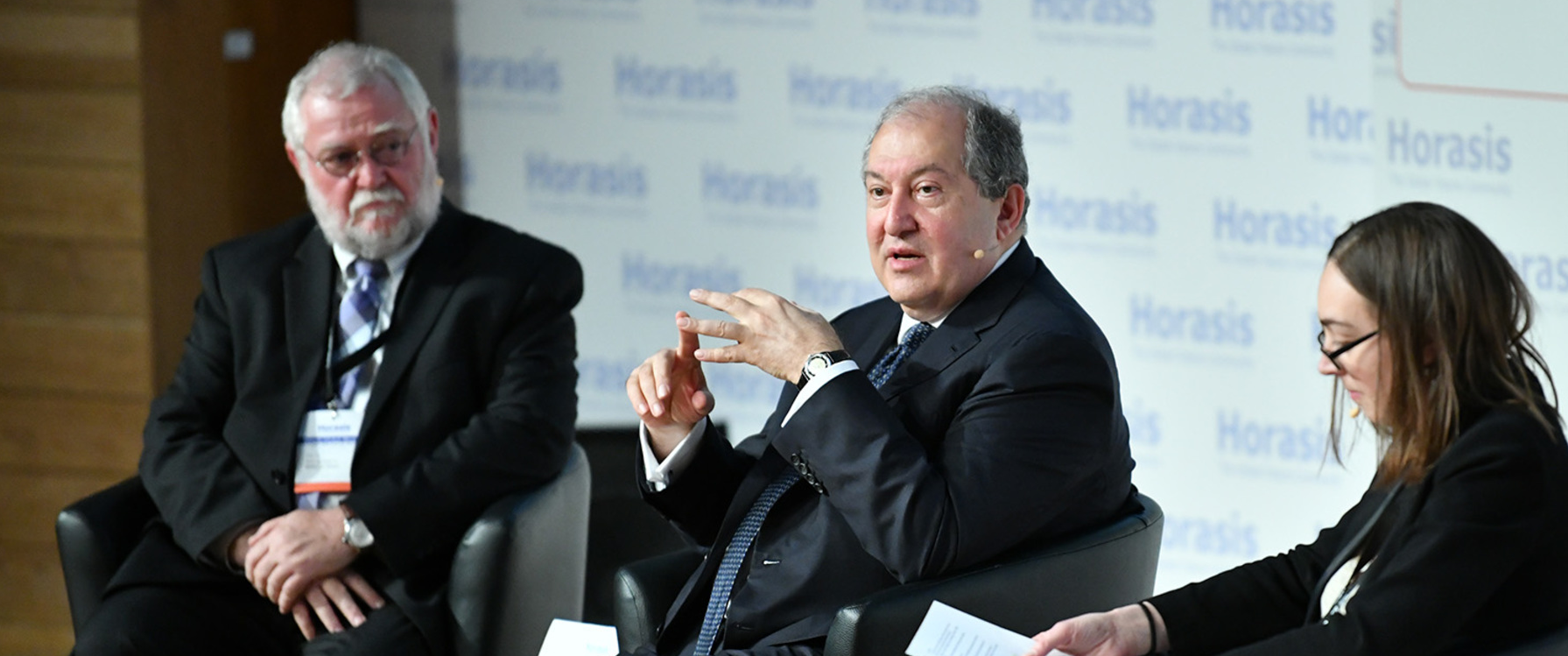Reshoring to Rebuild America
COVID-19 upped the reshoring rhetoric in the US – a stance that former President Donald Trump had strongly advocated. He cast the spotlight on the US’ increasing trade deficit and China’s growing economic clout.
The calls to reshore manufacturing, or to relocate supply chains within an economy’s borders, grew louder following the pandemic’s onset. Global supply chains suffered major disruptions due to pandemic-led restrictions. In the initial months of 2020, supply chain disruptions led to acute PPE shortages worldwide. This event highlighted how restrictions on movement in one region severely affects the availability of finished goods in another geography.
In the decades prior to the pandemic, there was relentless pressure for growth with profits, and this pushed many firms to assemble products in low-wage economies. The pandemic shock forced a rethink. Is the US government’s wish to reshore businesses in the US a good idea across the broad economy? Should a hybrid model be recognized as benefitting all parties? What are the pinch-points in the US that delay reshoring?
Horasis is organizing the Horasis USA Meeting on 04 March 2022 to examine and evaluate such issues. The one day virtual event will see participation from a diverse range of people, spanning members of governments, businesses, academia, and the media. The goal is to deliberate on pressing issues that undermine progress and arrive at actionable solutions that can ensure shared prosperity.
Surge in Reshoring
According to the Reshoring Initiative IH2021 Data Report, “If 2H2021 progresses at the same rate as 1H2021, reshoring and foreign direct investment (FDI) job announcements for 2021 are projected to be over 220,000, or 38 percent above an excellent 2020 and, by far, the highest yearly number recorded to date.”
In 2020, reshoring and FDI in the US created a total of 45,740 jobs in the transportation equipment sector – the highest levels recorded among other top sectors. Meanwhile, the computer and electronics industry was expected to witness the largest surge in job creation in 2021.
Technology conglomerate Intel planned on constructing two new computer chip factories in Arizona at an estimated US$20 billion. This decision signaled manufacturers were not averse to sizeable investments towards production within the US. This move will also bolster US leadership in semiconductor manufacturing – a commodity that has disrupted production, over the past two years, across diverse industries spanning electronics to automobiles. Intel’s two factories are expected to be fully operational by 2024. They will create over 3,000 high-tech jobs and 15,000 indirect jobs in the local community.
The former US administration also prioritized on reducing its dependence on China for a large share of finished products. The actual outcomes, however, were not entirely in harmony with initial forecasts, implying a shift in strategy, or a hybrid model, may be necessary.
Adopting a Hybrid Model
In the late 1990s and 2000s, a mass exodus was witnessed in the form of US firms shifting their production facilities to other markets to avail cheaper input costs. But the cracks in this arrangement were exposed following the pandemic’s onset.
However, despite the many advantages that reshoring offers, there is also an age-old facet that must be carefully considered. In simple terms, opportunity cost has been at the core of international trade – where it is less expensive or more efficient to source a commodity from overseas. This is especially true in the case of perishables such as food products. Likewise, certain essentials such as clothing when produced locally, using traditional methods, could result in significantly higher prices.
Considering the fact that minimum wages in the US have only just increased from US$7.25 an hour, purchasing of certain essentials may take up the bulk of household budgets for a large share of the US population. Likewise, reshoring manufacturing to the US may not necessarily create more jobs since automation can replace repetitive tasks in manufacturing. Amid this scenario, it will bode well to adopt a middle path, a hybrid model of sorts that encourages reshoring but accommodates exceptions where necessary.
Looking Ahead
Numbers and general sentiments point towards a growing reshoring trend among US companies. But is it a temporary phase or is it a trend that will continue to play out over the longer term?
The reshoring trend, without doubt, does seem likely to stand the test of time. But there are certain issues—such as high manufacturing costs and enormous upfront investments to reshore—that demand efficient resolutions. Additionally, US workers in the manufacturing sector will need to be reskilled or upskilled.
A viable option would also be to ensure closer collaboration among diverse economies that permit equivalent trade exchanges to be made, where trade surpluses are not skewed heavily in favor of one economy. An approach such as this will unlock opportunities, help reduce costs and even offer the flexibility to adapt when disruptions occur.
Photo Caption: Workers engaged in manufacturing high precision optical products for an American firm in Guangdong, China.



